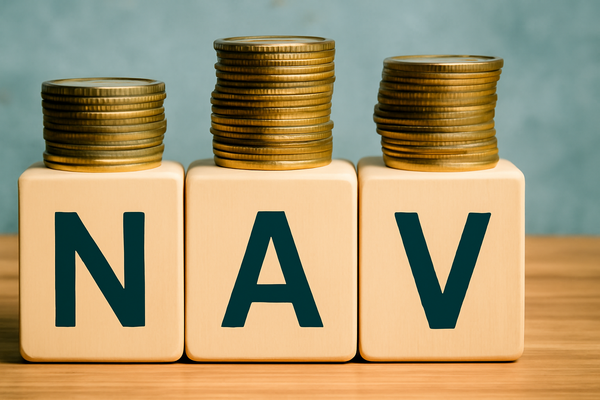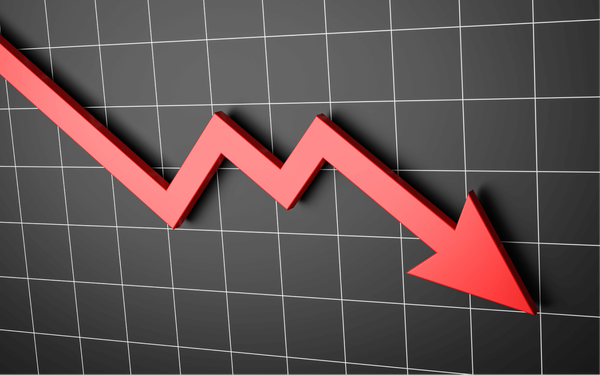Fiscal policy isn’t boring. Here’s why
Fiscal policy is about how the government handles its money - how it collects taxes and how it spends that money to support the country’s economy.

Fiscal policy is about how the government handles its money - how it collects taxes and how it spends that money to support the country’s economy. At its core, fiscal policy is about two things: how the government earns money (like through taxes) and how it spends it (like on roads, education, or healthcare). It’s a way for the government to guide the economy in the right direction.
What is Fiscal policy?
Fiscal policy is all about how the government uses taxes and spending to shape the economy. It helps drive growth, create jobs, and keep things like inflation under control. By adjusting how much it earns and spends, the government can either speed up or slow down the economy - depending on what the situation calls for.
Where does the government get its money? Mostly through taxes from individuals and businesses, tariffs on imported goods, service fees, and income from state-owned companies.
And where does all that money go? Into building roads and infrastructure, funding schools and hospitals, supporting the police and military, running welfare programs, and so much more. Every rupee is aimed at meeting specific goals and keeping the economy on track.
The types
Fiscal policy can be divided into three main types based on the state of the economy and the goals that governments want to achieve.
The objectives
The following are some of the main objectives of fiscal policy:
- To keep the economy's growth rate steady, by keeping the price level stable.
- To make sure that the amount of payments stays balanced.
- To put extra money into socially significant development projects.
- To make sure that income and wealth are shared more fairly.
- To give the private sector the incentives for healthy growth, etc.
- To improve the quality of life for everyone in the country.
The tools
The government employs several primary objectives of fiscal policy tools to manage the economy:
The cyclicality
When the economy changes - say, it starts growing faster - the government often adjusts how it taxes and spends. This is known as the cyclicality of fiscal policy, which simply means that fiscal policy changes depending on how the economy is doing.
There are two main types:
1. Counter-cyclical Fiscal policy
This is when the government moves against the direction of the economy.
For example: If the economy is slowing down or in a recession, the government might cut taxes and increase spending. This puts more money in people’s hands, boosts demand, and helps pull the economy out of the slump. It's like giving the economy a push when it’s losing momentum.
2. Pro-cyclical Fiscal policy
This one follows the direction of the economy.
For example: If the economy is already growing, the government might spend more or cut taxes further — which can overheat things. And if the economy is slowing down, it might reduce spending and raise taxes, which can make the downturn worse.
Many experts see this approach as risky because it can make bad times even harder, especially for low-income groups, and slow down recovery.
The difference: Fiscal and Monetary policy
Let’s discuss the difference between fiscal policy and monetary policy:
The conclude
By now, you should have a clear idea of what fiscal policy is and how it impacts businesses and the economy as a whole. In India, fiscal policy plays a key role in managing growth, creating jobs, and supporting essential sectors.
While both fiscal and monetary policies work together, it's fiscal policy that often drives the momentum - through government spending, tax decisions, and welfare programs. When handled with transparency and responsibility, it helps meet the country’s development goals without risking long-term stability.
In short: A well-balanced fiscal policy isn't just about numbers - it's about building a stronger, more secure future for everyone.




